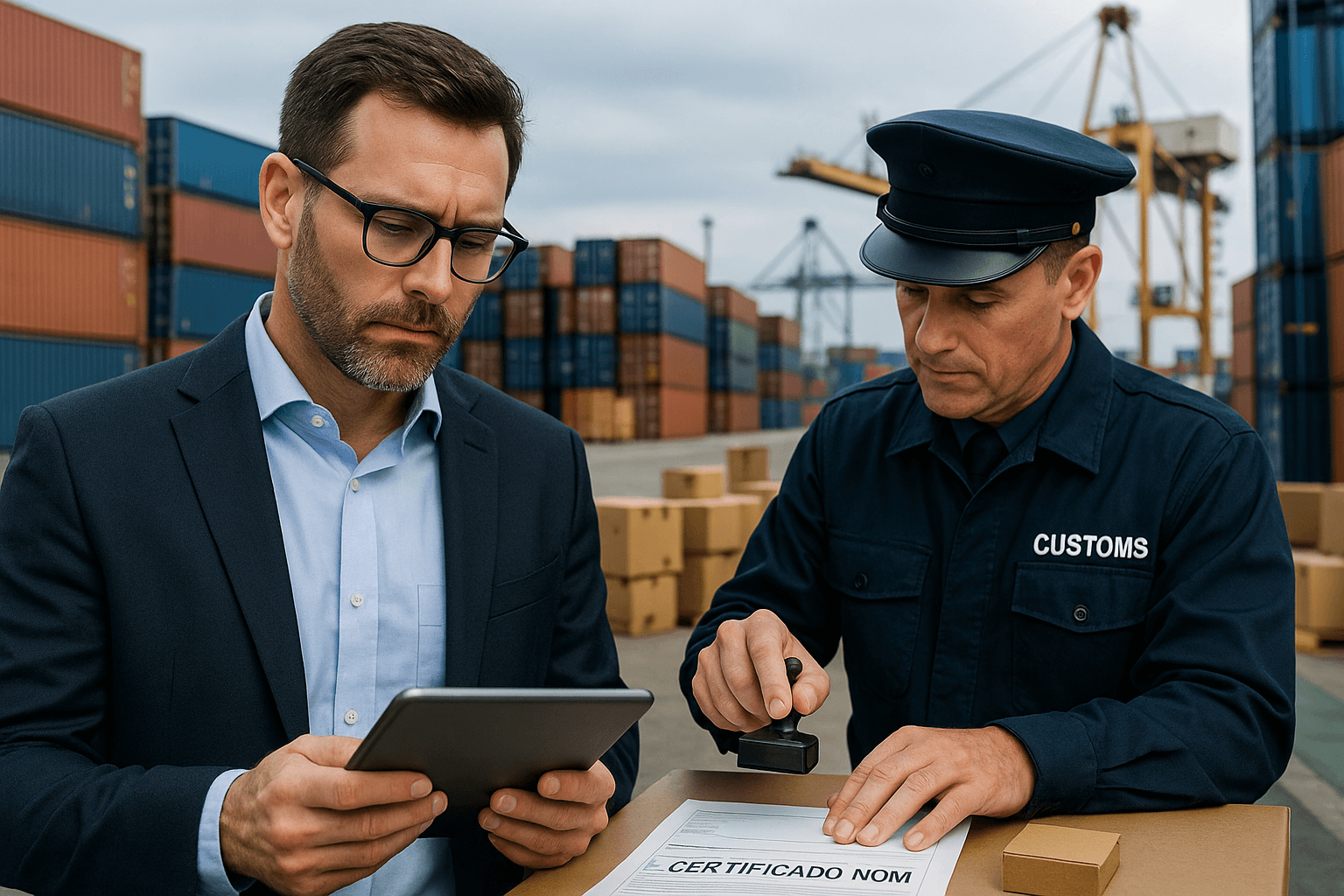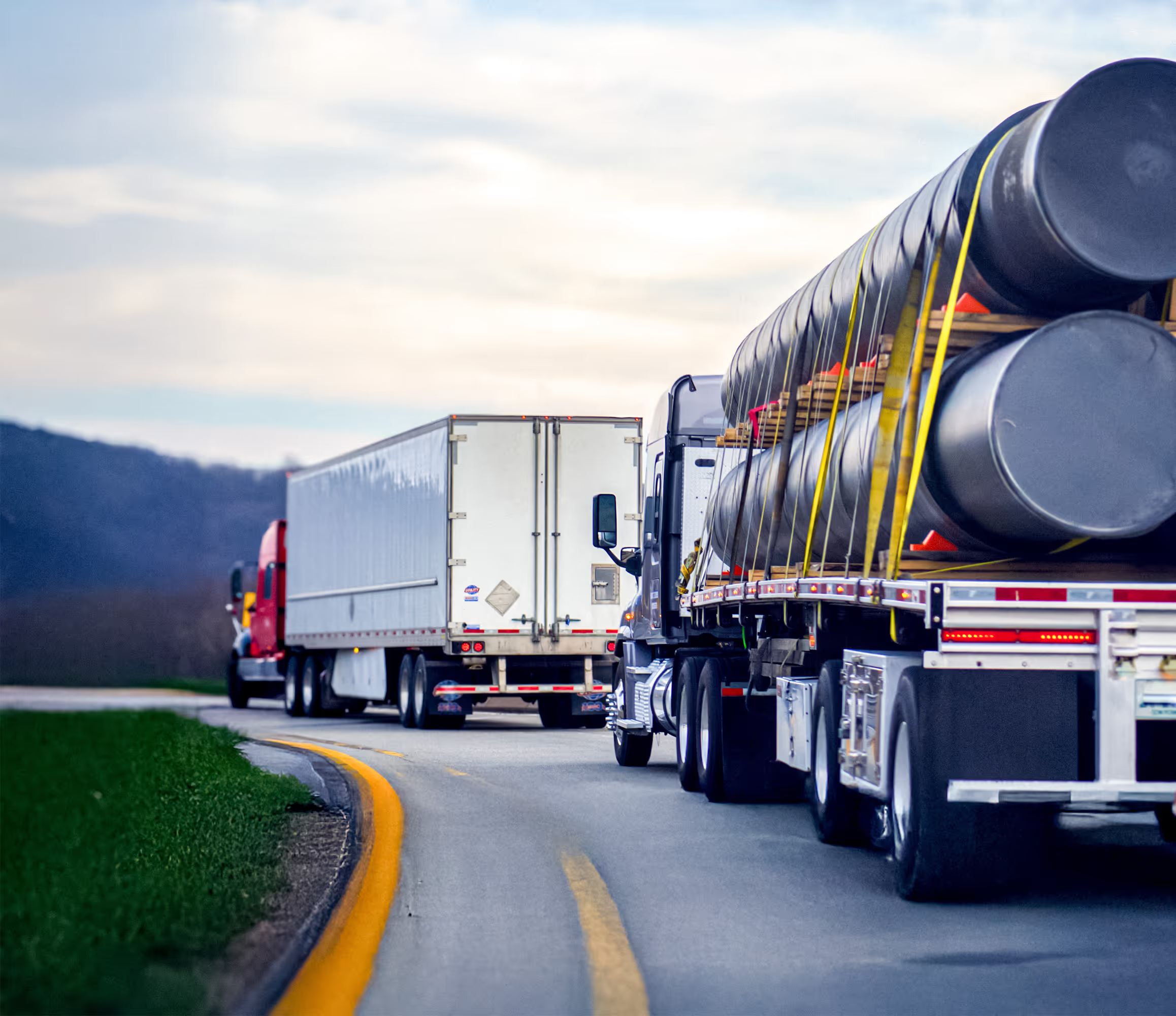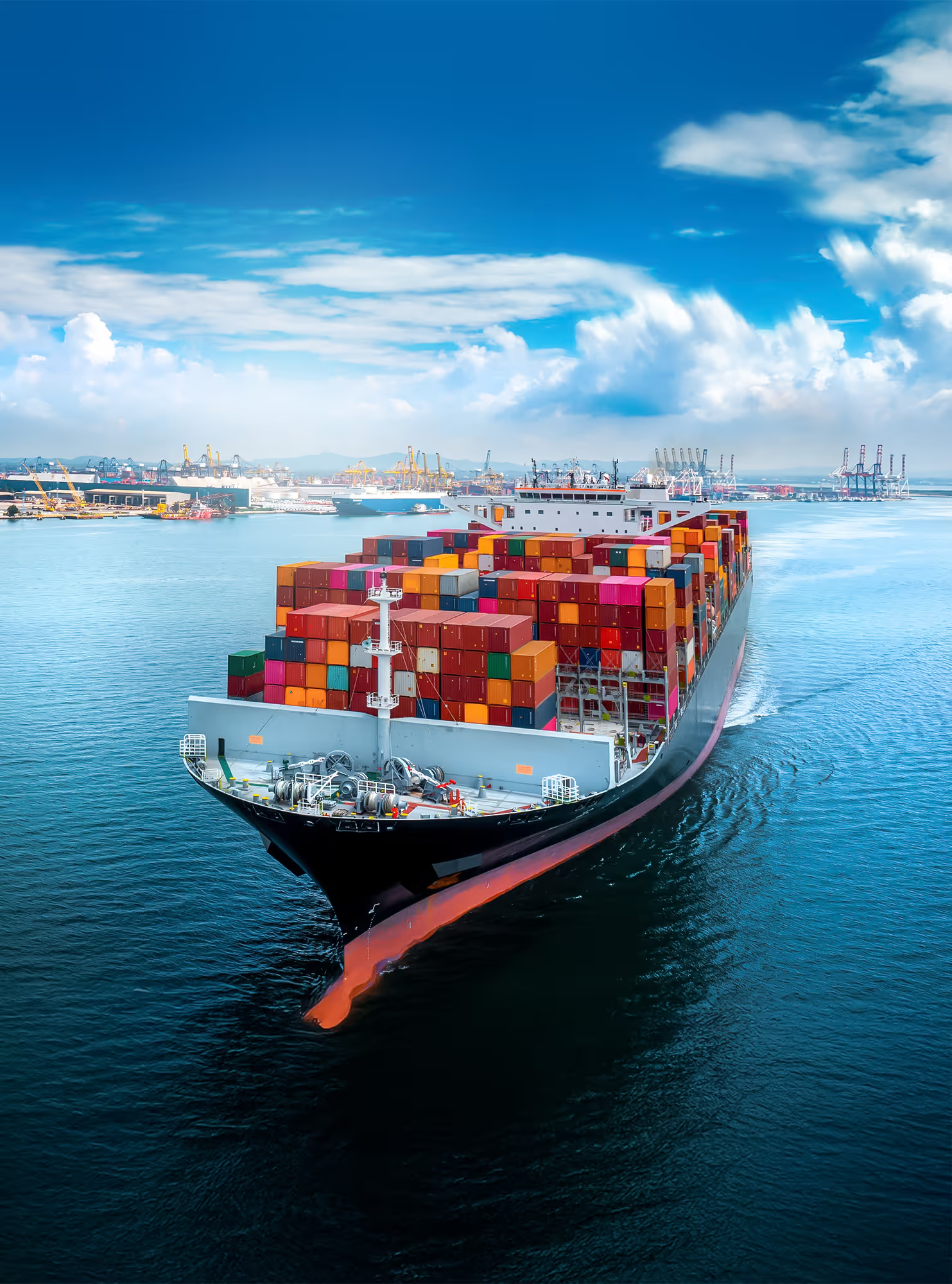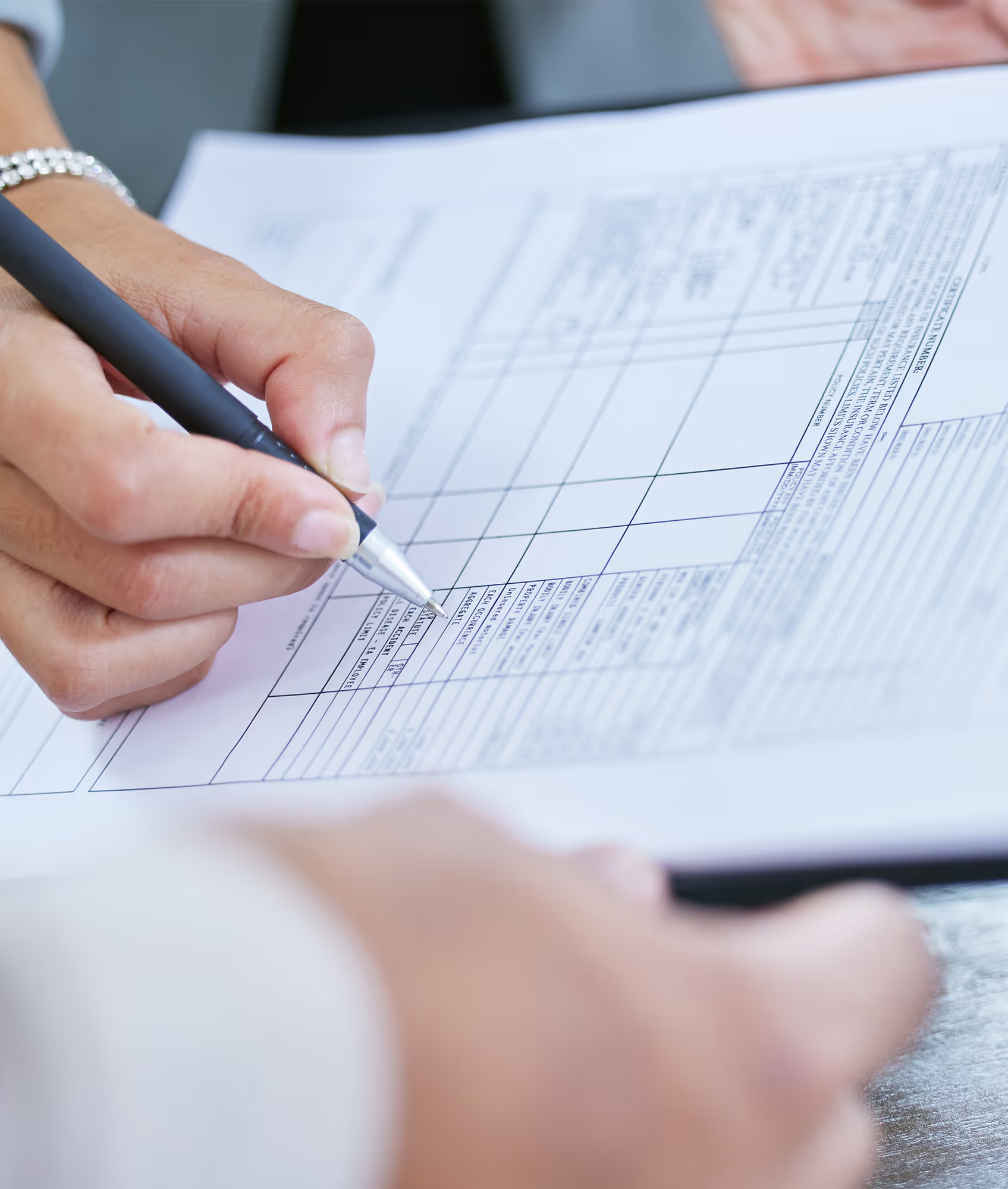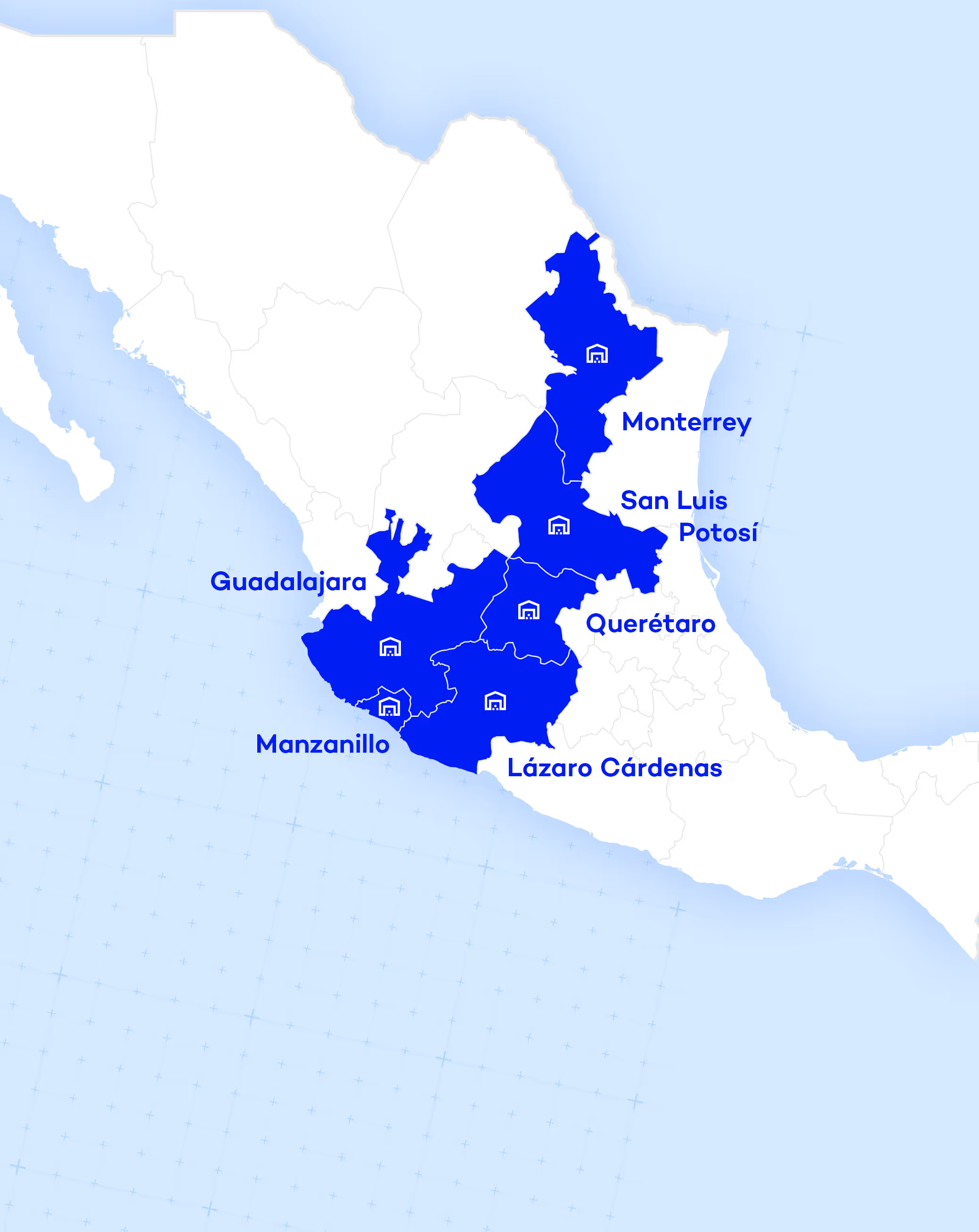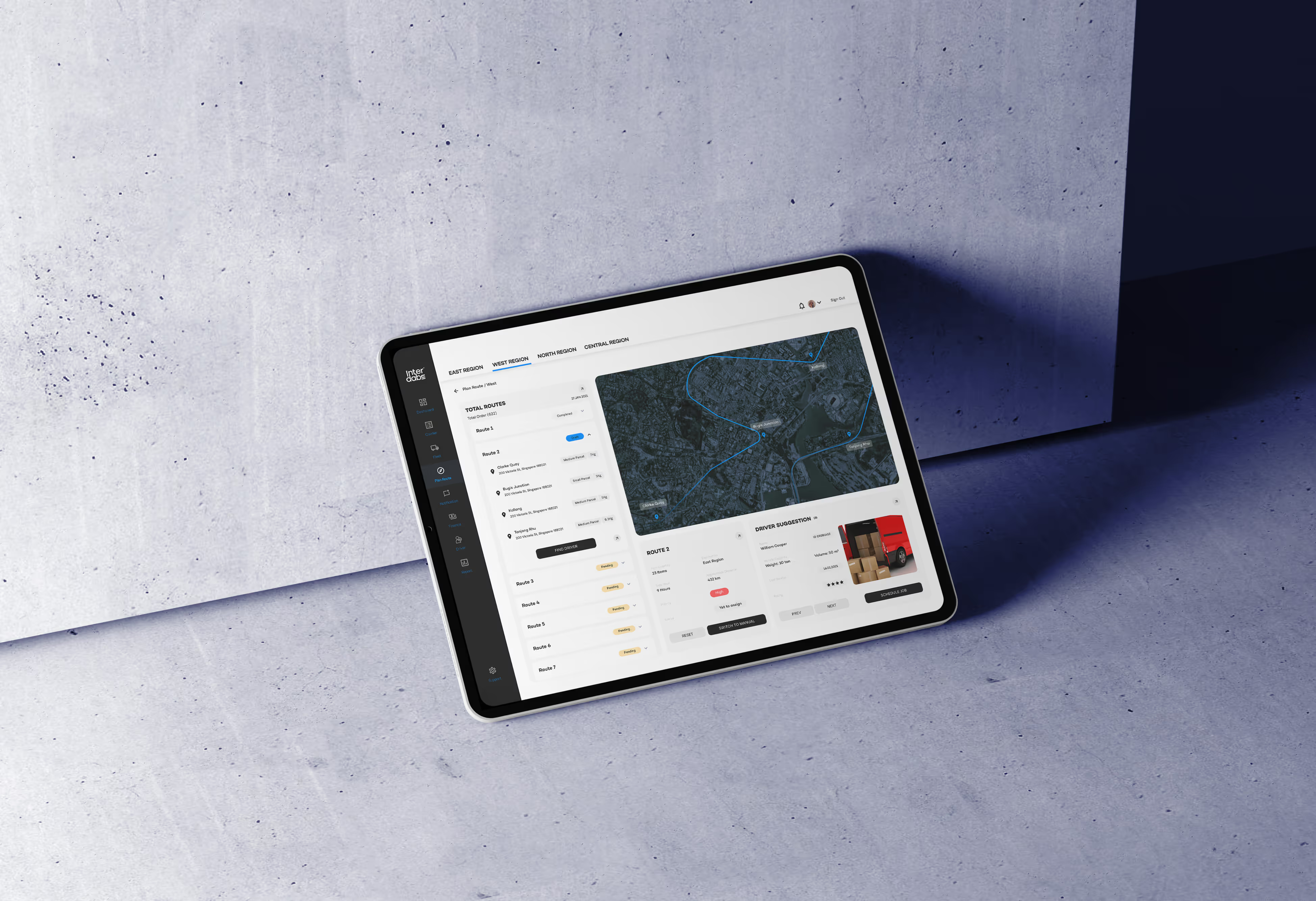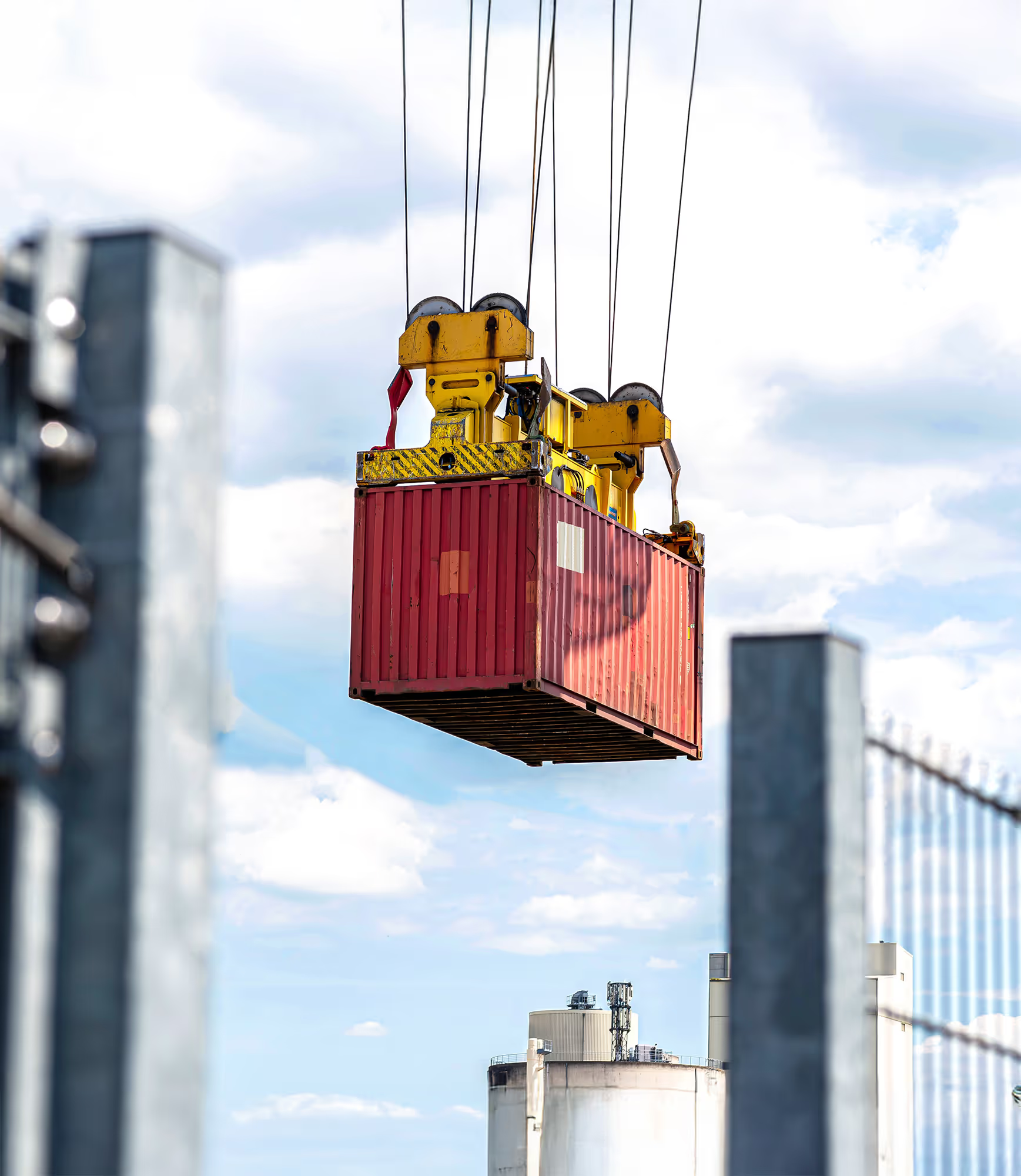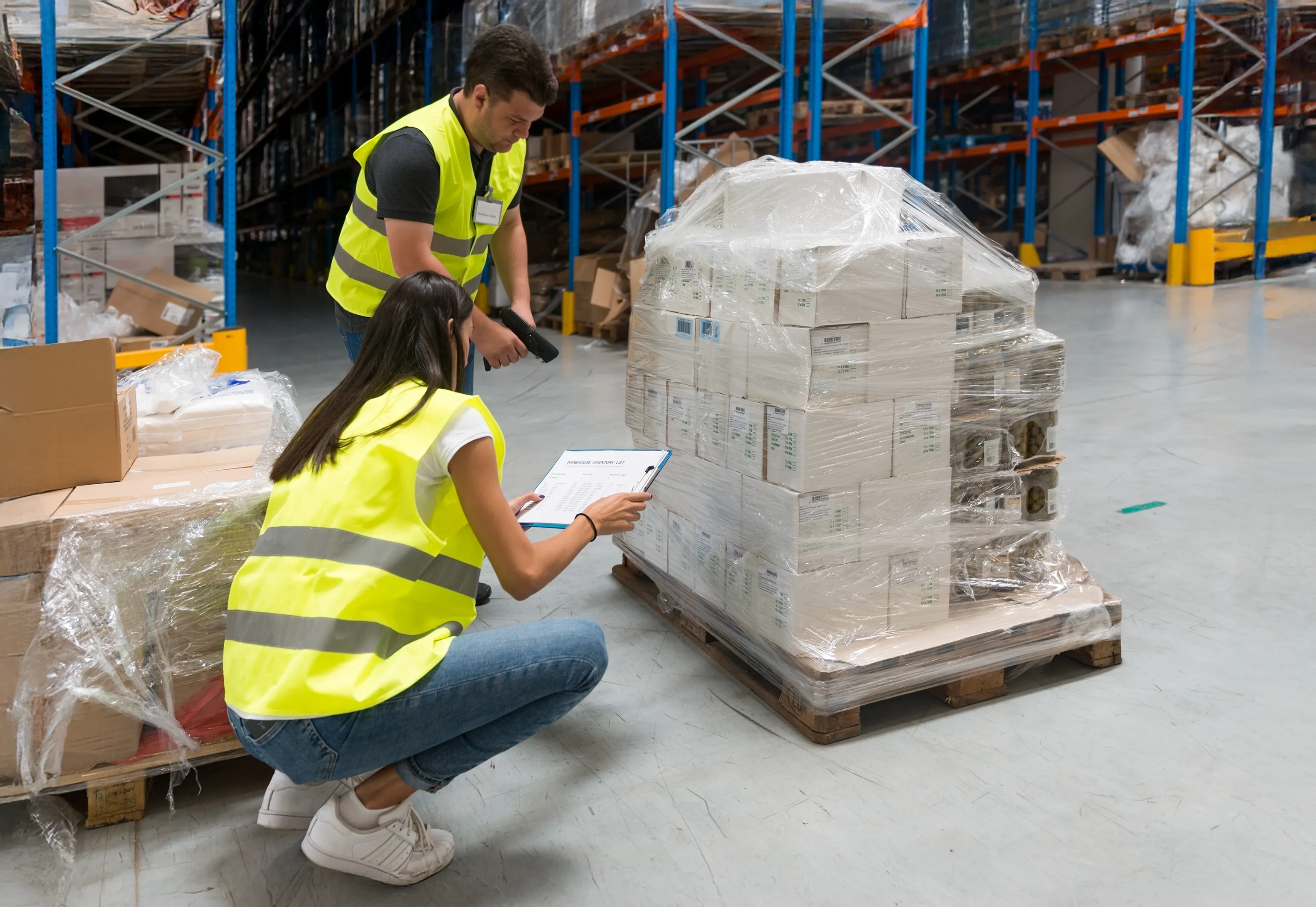Impact of Article 36A on IMMEX operations and NOMs
El Article 36-A of the Mexican Customs Law is the backbone of the country's import procedures. In simple terms, this article establishes the documentary requirements that must be submitted to customs when importing, either electronically through the Single Window (VUCEM) or physically in special cases. It is one of the most important legal bases for ensuring customs compliance, as it precisely defines what documents must be transmitted or delivered for an import operation to be valid and to flow smoothly. In other words, Art. 36-A acts as a mandatory checklist for importers, customs agents and freight forwarders, indicating the minimum documentation necessary for each shipment.
Why is Article 36-A crucial for importers?
From a strategic point of view, Article 36-A guarantees transparency and uniformity in import operations. By explicitly requiring certain documents, it is intended that all merchandise that enters the country does so with the correct information about its value, origin, classification and regulatory compliance. This protects both the treasury and importers: on the one hand, it prevents tax evasion or the entry of prohibited merchandise; on the other, it gives legal certainty to the importer that, meeting these requirements, their merchandise should not be arbitrarily detained.
In practice, this article requires planning 4PL and operational logistics considering times and processes for gathering and transmitting all documents. For example, a forwarder or 4PL must ensure that they have the necessary commercial invoice and certificates Before that the ship docks or the truck reaches the border. The impact is significant on efficiency: if any key document is missing, the cargo can be stranded at customs, causing storage costs, delays and even penalties. Keeping documentary compliance up to date has become part of the best logistics practices to be competitive in Mexico and North America.
Impact of Article 36-A on IMMEX operations
A particular case where Art. 36-A plays a critical role is in IMMEX operations. The IMMEX (Manufacturing, Maquiladora and Export Services Industry) program allows companies to import inputs temporarily without paying taxes, with the commitment to export finished products within a defined period. Given this benefit, customs authorities pay special attention to ensuring that these temporary imports fully comply with established documentary and return requirements. In fact, Article 36-A, section IV, explicitly mentions cases such as IMMEX, returns and samples as special scenarios that require particular documentary management.
Why is it so relevant here? Let's think that IMMEX companies carry out a gigantic volume of imports: inputs, machinery, parts and pieces that will later be exported as manufactured goods. These IMMEX imports represent 43% of Mexico's total imports, demonstrating its weight in domestic trade (en.linkedin.com). A simple document error under 36-A in an IMMEX company can have a domino effect: delaying production, defaulting on export orders and jeopardizing the program's tax savings.
“In fact, IMMEX imports represent 43% of total imports, demonstrating the confidence of foreign companies in the Mexican market.” — Charlie Nova, Customs World.
Context and challenges
Under IMMEX, each temporary import order must then be linked to an export (or return) order to demonstrate that the imported inputs left the country transformed into a final product. If the documents (invoices, permits, etc.) are not properly attached at the time of import, the chain breaks from the start. In addition, the authorities (SAT and the National Customs Agency, ANAM) carry out audits specific to IMMEX operations to verify that there are no diversions of merchandise to the domestic market. For example, in 2023 the SAT started 324 acts of inspection of temporary imports of IMMEX companies in just six months (treid.com.mx), detecting irregularities and generating tax credits when appropriate.
In practical terms, Art. 36-A impacts IMMEX in that there is no room for error: if an input entered without a document, or with incorrect data, at the time of its return or regularization you will have problems verifying its legal exit. Worse yet, if an IMMEX company repeats document breaches, it could face suspension or cancellation of your program (which is equivalent to losing tax and tariff benefits, a lethal blow to your operation).
Recommendations for IMMEX
- Strengthen your inventory and documentation controls. IMMEX programs are required to have detailed control systems (Annex 24); align those systems with your document management so that each entry has its support.
- Train your team in fraction IV of 36-A. Make sure they know the peculiarities, for example, certain identifiers in the order that are used to declare temporary imports or transfers between maquilas.
- Simulate internal audits. Periodically review records of past imports: Are the invoice, BL, fully certified? Do the serial numbers (if applicable) match what was stated? Proactively detecting faults will allow you to correct them before an official inspection.
- Partner with experts. A supplier 4PL logistics specialized in maquila or a good customs broker with IMMEX experience can make the difference. They know what extra documents may be needed (for example, individual identifiers in an invoice for machinery, which foreign trade rule 7.3.3 makes it more flexible for certain certified companies). Take advantage of their knowledge to be 100% compliant.
In short, Article 36-A in IMMEX is not just a legal requirement, but an integral part of the business model. La efficiency and success of an IMMEX company depend to a large extent on how tidy and complied with your customs documentation is. The prize is large (tax savings, logistical facilities), but non-compliance involves equivalent risks. As a director or manager of an IMMEX company, you should see the 36-A as your best ally to keep your program in good standing and protect the continuity of your international operations.
{{aduanas-light}}
Goods subject to NOM: compliance and best practices
Another area where Article 36-A has a significant impact is on imports of goods subject to Official Mexican Regulations (NOM). These standards are mandatory technical regulations in Mexico that range from electrical safety, commercial labeling, health, environment, to energy efficiency, among others. Many consumer goods (electronics, toys, food, textiles, auto parts, etc.) must comply with specific NOMs upon entering the country, which typically involves presenting a certificate or opinion of compliance issued by a verifying unit or accredited laboratory.
Article 36-A incorporates this topic by requiring, within the mandatory documents, the one that check compliance with non-tariff regulations and restrictions, in particular the NOM where applicable. What does this mean in practice? That if you import, say, appliances (which fall under NOM-003 for electrical safety), you must attach the NOM certificate corresponding to your order. If you don't, customs will not allow you to clear the merchandise for sale in the country.
The Ministry of Economy found that 60% of imports enter Mexico under the cover of a 'non-commercialization letter', that is, without proving compliance with NOMs... (2018).
As a result of this situation, the authorities tightened their measures: nowadays, even if you enter merchandise with the intention of labeling or certifying it in the national territory before selling it, you must follow very specific procedures (such as the so-called “non-marketing letters” linked to guarantees or the exceptions of Annex 2.4.1 for samples, etc.). Simply put, it's no longer easy to evade compliance with NOMs at customs. If your product is subject to a business, safety or health information NOM, you'll need to plan for compliance Before of the import to prevent it from being stopped.
Impact on industrial sectors
Companies in sectors such as electronics, toys, automotive, textile and many others must take this point very seriously. For example, an electronic equipment manufacturer that imports components may require those components to meet safety NOM, or else it may not be able to incorporate them into products for the Mexican market.
In the same way, importers of used equipment (machinery, vehicles) sometimes face emission NOMs or technical standards that, if not met, prevent definitive importation. Even in project cargo logistics (specialized machinery, oversized industrial equipment) there may be applicable industrial or environmental safety NOMs. And not to mention consumer goods: it is very common to see refusals to import batches of toys, textiles or electronics because they lacked the NOM certificate upon arrival.
Best practices for complying with import NOMs
- Consult Annex 2.4.1 in advance. This annex (also called NoMS Agreement) lists the tariff fractions and their applicable NOMs. Check if your product includes it and what standard it requires. Don't assume that it “doesn't apply”; check official sources or consult a specialist in foreign trade.
- Get NOM certificates before boarding. Ideally, if your merchandise requires it, you should process the NOM certificate with an accredited body Before of the import. This way you can attach it to VUCEM with the request. For example, if you are importing luminaires subject to NOM-031, go to an accredited laboratory, submit samples and obtain the certificate; it is better to invest time beforehand than to pay for storage or fines later.
- Use alternative compliance programs when they apply. There is the possibility of importing under certain exemptions (for example, merchandise for demonstration, laboratory samples or temporary imports for exhibitions), where you don't need to comply with the NOM at the point of entry. Pero Eye: These exceptions have strict limits on quantities and uses. If you are going to use them, be sure to document the exemption (e.g., the calls “non-marketing records” issued by SE) and complies with the conditions (such as re-exporting unused samples, etc.).
- Label and certify post-customs if allowed, but quickly. In some cases, labeling NOMs allow you to import the product and label it in general storage before distribution, as long as you guarantee that it will not be sold without the labels. If you take advantage of this, work against the clock: receive the load, label it according to NOM immediately and have the verification ready to release the guarantee to the authority.
- Consult your forwarder or customs broker. Los freight forwarders and experienced brokers are well aware of which NOMs give the most problems and how to deal with them. For example, they may suggest manual translations, packaging adjustments or recommendations from recognized laboratories. Lean on that knowledge so you don't navigate the regulatory maze alone.
Complying with the NOM in the context of Art. 36-A is not only a legal issue, but a matter of quality and trust for your business. By ensuring that your products meet Mexican standards, you are also offering the end customer the guarantee that the product is safe and properly labeled. Integrating NOM compliance into your logistics chain, instead of seeing it as a separate process, will make your operations more fluid. Remember: it is better to invest in compliance than to pay more for the consequences of non-compliance.
Everything your logistics needs





